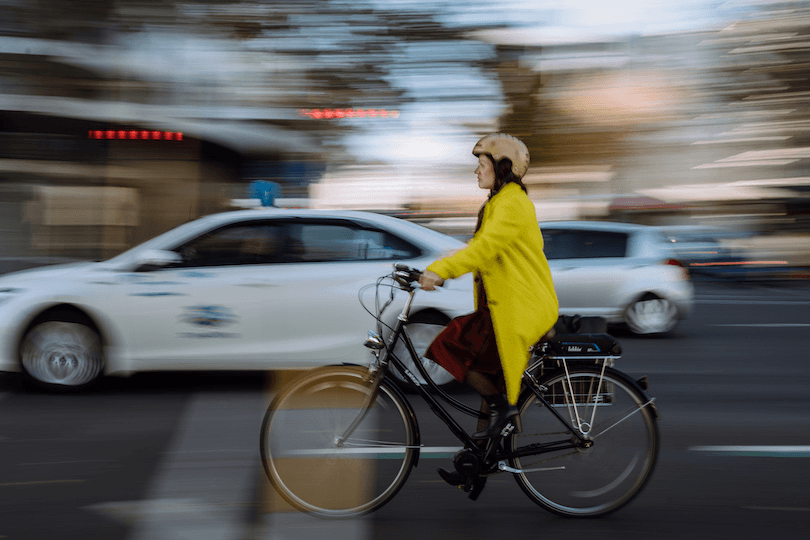Labelling cyclists as ‘rats’ and ‘cockroaches’ is giving environmental sociologist and cycleway user Kirsty Wild deja vu.
When white men start using a bike, I often think they experience a sort of status shock. They see what marginalisation feels like: the dehumanisation, the fear, the threat of violence. If you ride a bike and you belong to another group who already lives with this threat, there is a familiarity to it all.
Of course, it compounds. The other day when I was cycling, a driver basically pushed me into the curb and trapped me with his car so he could give me a long, creepy rundown of my clothing choices. He complained I wasn’t “visible enough”.
That feeling of being cornered by a man. The panic. Now he’s got a car, and the size difference isn’t 30 kilos. It’s two tonnes.
Being a cyclist often reminds me of being a woman. If someone hurts me it’s my fault because I didn’t wear the right thing, I didn’t defer to them and “know my place”, and I didn’t just smile and put up with their abuse. Power imbalances foster bullying.
So, avoid them if you can, the dehumanising stereotypes. All the comparisons to vermin this past fortnight on conservative radio and social media – cockroaches, rats, lice, etc – have been way out of line. Even the fixation with lycra. It’s something male sports cyclists usually wear. The obsession with men wearing tight revealing clothing in public so often veers into an obviously homophobic place. Just don’t.
We are all less safe out here when people rely on stereotypes about people who bike. An Australian study found the use of dehumanising language about cyclists is “significantly correlated with aggression towards cyclists”. That’s not really a surprise.
Here’s a reminder, if it isn’t obvious, that aggression towards cyclists can easily end up with someone disabled or dead. The same study found around half of Australian motorists consider cyclists to be “less than human”. I can only hope we wouldn’t find the same statistics here.
Resist the easy urge to label cyclists as entitled. Cycling advocacy may look privileged (time, money and networks makes advocacy easier), but cycling isn’t necessarily. Unlike walking, cycling is not particularly patterned by neighbourhood deprivation in Aotearoa. It doesn’t really matter how wealthy your neighbourhood is, you are just as likely to bike there.
In low-income communities, cycling can be an important “survival tool” for those who can’t afford a car. This group of low-income cyclists is our most vulnerable group of cyclists. They often can’t afford lights, or a helmet. Their bikes are uncomfortable and less safe because they can’t afford to maintain them. They often ride more dangerous roads because they don’t have the work flexibility to take a bit of extra time to avoid busy routes. They should be first priority in our glossy cycling safety strategies, but they almost never feature.
Biking is gendered. Three quarters of cyclists in Aotearoa are generally men. Ethnicity also matters. Māori and Pākehā bike (to work) at similar rates, but Pacific and Asian people are less likely to cycle. We also know that more biking infrastructure equals more equal biking. Cities like Christchurch that have successfully rolled out bike lane programmes also have a more diverse range of people on bikes.
Auckland’s Climate Plan, Te Tāruke-ā-Tāwhiri, has committed to increasing cycling seven-fold by 2030 to stay under 1.5 degrees warming. Cycle lanes will be essential. Dehumanising stereotypes won’t help.
